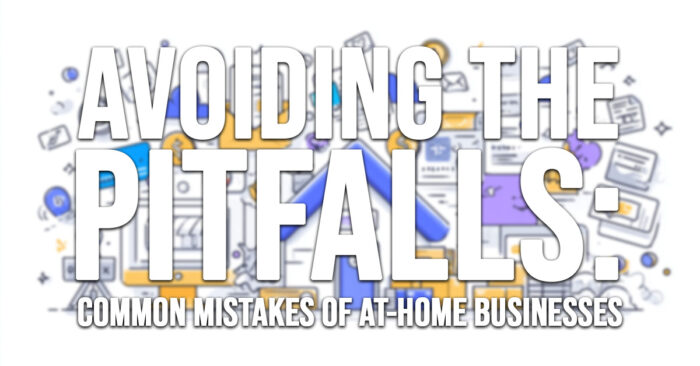Happy Summer Solstice!

The Latin roots of the word Solstice are “Sol,” meaning “Sun”, and “stitium,” meaning “still”. The Summer Solstice always falls on the longest day of the year, which is typically between June 20th-June 22nd.
What makes this day the longest day of the year?
The Earth is tilted toward the Sun at its maximum angle, which results in the Sun being at the highest point in the sky for the longest period of time. This means your day is going to be full of sunshine!
You could choose to make this day the birth of a “new year” for you. The sun’s presence can represent warmth and light, which brings about positivity.
Use today to appreciate the Sun to give us the ability to survive on Earth. Take time to be outdoors! The long day gives you a safer environment to drive in.
Be safe, be positive; Happy Summer!
Do you have questions about your insurance? Find an insurance agent near you with our Agent Finder
Search All Blogs
Search All Blogs
Read More Blogs
The Unforgettable Eight: Women Who Captured Our Hearts
Meet the eight women who are loved by all.
Elevate Your Enterprise: 11 Smart Ways to Boost Business Professionalism
Boost your business’s professionalism without breaking the bank.
Lightening the Load: A Guide to Decluttering for Your Loved Ones
Declutter for peace of mind, yours and theirs.
Smart Car Buying: Beyond the Sticker Price
Unlock the hidden costs of car ownership.
6 Simple Steps to Supercharge Your Home Security
Simple, affordable ways to protect your home.
Beyond Boredom: Unearthing the Surprising Stories Behind Our Favorite Board Games
Game night secrets revealed! Discover the surprising origins and quirky facts behind your beloved board games.
Avoiding the Pitfalls: Common Mistakes of At-Home Businesses
Launch your home business right! Learn to avoid the common errors that can derail your entrepreneurial dreams.
Your Life Insurance Recipe: Crafting the Perfect Blend for Your Family’s Future
Find your perfect life insurance mix: Learn how to blend term and permanent policies for optimal family protection.
From Ford’s Innovation to Today’s Marvel: Unveiling the Secrets of Modern Car Production
Beyond the assembly line: Discover the surprising speed, customization, and quality checks involved in modern car manufacturing.
Beyond Pizza and Promises: Recognizing When It’s Time to Hire Professional Movers
Time to call the pros? Learn when pizza and beer just won’t cut it for your next move.









